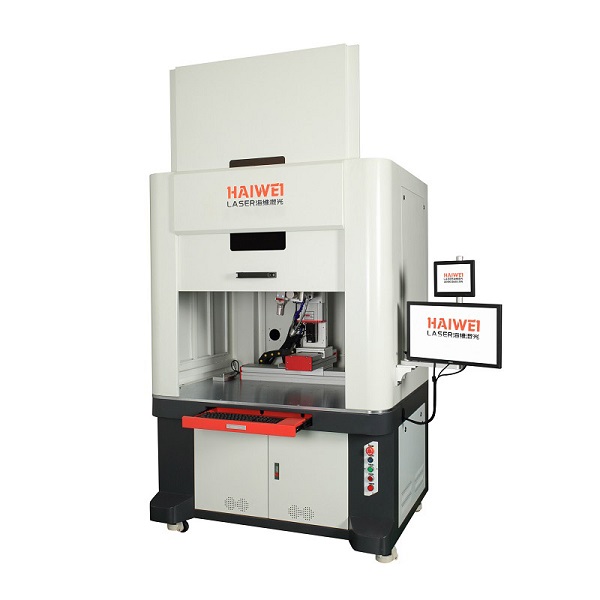Functions of Software Control Systems in Laser Welding Machines
In the realm of industrial manufacturing, laser welding machines have become indispensable for their precision and efficiency. Central to these capabilities is the software control system, which manages various aspects of the welding process. Understanding what these systems can do is crucial for anyone looking to invest in a laser welding solution.

1. Precise Parameter Adjustment
One of the key features of a software control system in laser welding machines is its ability to finely adjust parameters such as power output, beam diameter, and pulse frequency. This ensures that welds are performed with high accuracy and repeatability, critical for industries requiring exact specifications like aerospace or medical devices.
2. Real-Time Monitoring and Feedback
Modern laser welding systems come equipped with real-time monitoring capabilities. Operators can track welding progress through graphical interfaces, receive immediate feedback on weld quality, and make adjustments on the fly if necessary. This feature enhances productivity by reducing downtime and minimizing errors.
3. Automation and Integration
Software controls also facilitate automation within the production line. By integrating with other machinery and systems via standard protocols (such as OPC-UA), laser welding machines can operate seamlessly in automated environments. This integration capability allows for the creation of fully automated production lines, increasing throughput while maintaining consistent quality.
4. Data Logging and Analysis
A robust software control system will include data logging functionalities. It records all relevant welding parameters during operation, which can be later analyzed for quality assurance purposes or used to optimize future processes. This historical data provides valuable insights into machine performance and aids in predictive maintenance strategies.
5. User-Friendly Interface
The interface design of the software control system plays a significant role in user experience. Intuitive layouts and easy-to-navigate menus allow operators to quickly learn how to use the machine effectively. Furthermore, many systems offer customizable settings so users can tailor the interface to meet specific needs or preferences.
Choosing the right laser welding machine involves more than just considering hardware specifications; the software control system is equally important. Features such as precise parameter adjustment, real-time monitoring, automation capabilities, data logging, and a user-friendly interface are essential for maximizing the potential of your investment. When selecting a machine, ensure it includes a comprehensive software package that aligns with your operational requirements. This not only improves efficiency but also sets the stage for scalable growth and innovation within your manufacturing processes.
Recent Posts
- What are the advantages of laser welding machines in lithium battery pack production lines?
- What issues should be noted when choosing a lithium battery pack production line?
- Quality Inspection and Control of Lithium Battery Module Pack Production Line
- Cell grouping and sorting process in lithium battery module pack production line
- What are the safety hazards of lithium battery pack production lines and how can they be prevented?
INQUIRY

